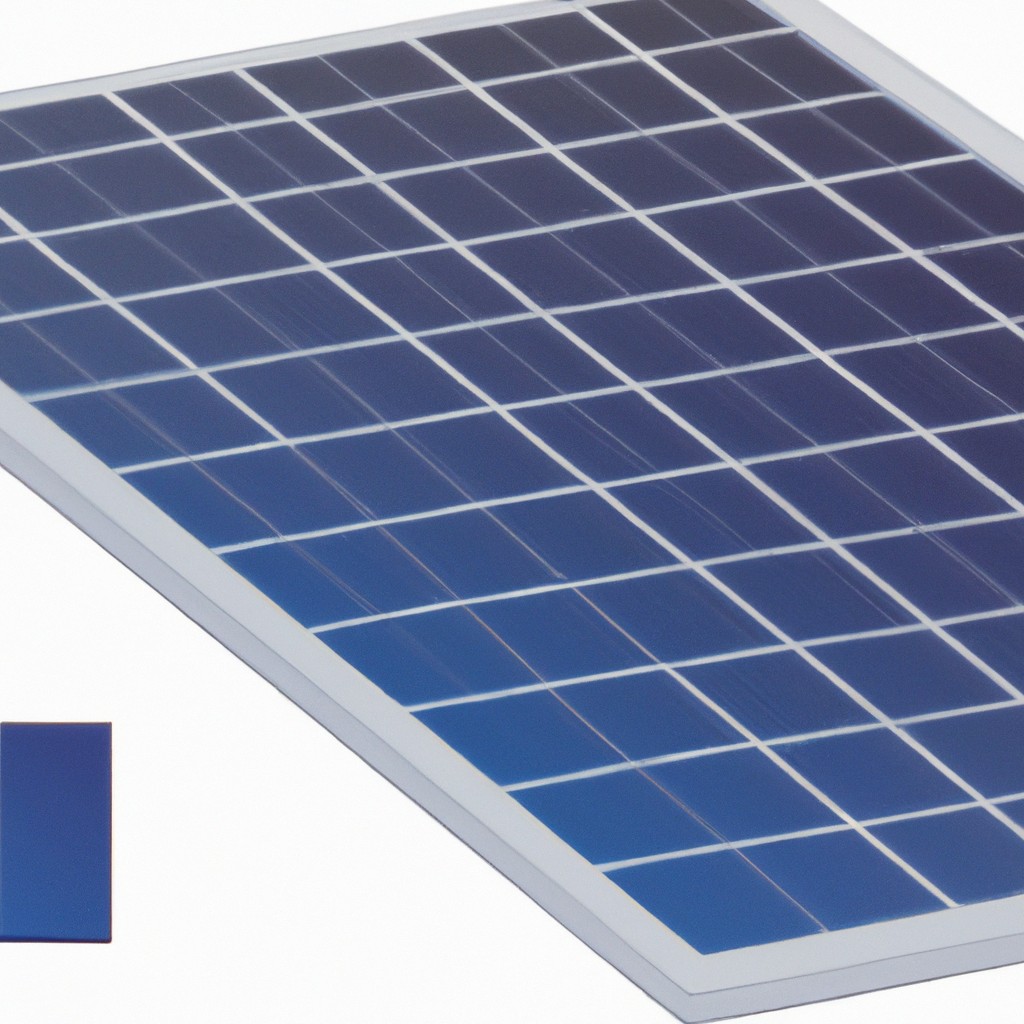A solar flare is a sudden, rapid, and intense variation in brightness that occurs when the sun’s magnetic energy, built up in the solar atmosphere, is released into space.
Key takeaways:
- Solar flares are sudden, intense bursts of energy from the sun.
- Flares emit X-rays and ultraviolet radiation that can affect Earth.
- They can disrupt satellite operation, GPS, telecommunications, and power grids.
- Solar flares can cause auroras and impact radio communications.
- Scientists use real-time observation and models to predict flares.
Description of Solar Flares

Solar flares are powerful bursts of radiation emanating from the release of magnetic energy associated with sunspots. These intense bursts of electromagnetic energy stem from the sun’s atmosphere and can extend up to millions of miles into space. They mostly emit X-rays and ultraviolet radiation, which have the potential to reach Earth’s atmosphere and impact our satellite and communication systems.
The energy produced by a single flare can be equivalent to millions of 100-megaton hydrogen bombs exploding at the same time. Despite their power, the vast majority of the energy is not harmful to humans on Earth’s surface, as our atmosphere absorbs the radiation. Flares are classified by strength, from C-class (the weakest), through M-class, and up to X-class (the most intense).
Solar phenomena go hand in hand with solar flares. During these events, coronal mass ejections (CMEs) can occur, where large bubbles of gas and magnetic fields are ejected from the sun’s corona. Particles that escape the sun due to these ejections contribute to space weather, which can affect satellite operation, navigation systems, and power grids on Earth.
The occurrence of solar flares follows the sun’s 11-year activity cycle, with the frequency and intensity of flares increasing and decreasing in a relatively predictable pattern. However, the exact timing and size of an individual flare remain hard to predict.
Effects of Solar Flares On Earth
Solar flares impact Earth’s magnetosphere, triggering geomagnetic storms that can lead to spectacular auroras, commonly known as the Northern and Southern Lights.
These displays occur as solar particles collide with atmospheric gases, releasing energy in the form of colorful lights in the sky.
In addition to their visual spectacle, solar flares can disrupt satellite operations by interfering with their electronics and navigation systems.
This can affect GPS services, telecommunications, and even satellite-based television and internet services.
Solar activity can also induce electrical currents in long conductors on Earth, such as power lines, potentially damaging transformers and other components of power grids.
In extreme cases, this can lead to large-scale power outages.
Flares produce an increase in the solar ultraviolet and X-ray radiation that can impact the Earth’s ionosphere, which in turn affects radio wave propagation.
This creates disruptions in high-frequency radio communications and can degrade signals over long distances.
Furthermore, radiation from intense solar flares can pose a threat to astronauts and high-altitude pilots, where Earth’s protective atmosphere is thinner, increasing their exposure to harmful radiation unless adequate shielding is available.
Historical Observations of Solar Flares
The earliest documented observation dates back to September 1, 1859, when two astronomers, Richard Carrington and Richard Hodgson independently recorded a solar flare, witnessing bright eruptions in the solar atmosphere. Their accounts marked the discovery of solar flares and opened the door to solar astronomy.
In the following decades, the advent of photography enabled more systematic observations. By the 20th century, with the development of spectroscopy, scientists could dissect the light from flares, revealing the presence of intense heat and powerful emissions across various wavelengths.
The Space Age brought even greater advancements. Satellites equipped with ultraviolet and X-ray detectors have been watching the Sun since the 1970s, capturing far more solar flares than ground-based observations ever could. Notably, the Solar Dynamics Observatory, launched in 2010, provides continuous, high-resolution observations of the Sun in multiple wavelengths, significantly improving our understanding of the phenomena behind solar flares.
Methods of Predicting Solar Flares
Predicting solar flares involves a combination of real-time solar observation and advanced modeling techniques. Scientists use an array of space-based and ground-based telescopes to monitor the Sun’s activity. Key to these observations are:
- Sunspot Tracking: Sunspots, areas of intense magnetic activity, can serve as precursors to flares. By charting their growth, decay, and movement, astronomers can assess flare potential.
- Magnetograms: These tools provide a detailed view of the Sun’s magnetic field. Regions with complex magnetic fields are more likely to produce flares.
- Solar Imaging Satellites: Satellites like the Solar Dynamics Observatory (SDO) provide continuous high-resolution images of the solar atmosphere in different wavelengths, revealing potential flare sites.
- Space Weather Models: Advanced computer models simulate the Sun’s magnetic field and plasma movements to forecast flares. These include the NOAA Space Weather Prediction Center’s models.
- Helioseismology: This technique studies sound waves on the Sun’s surface to probe its interior structures where flares originate.
By combining real-time data with historical patterns, scientists can issue flare alerts, though precise timing and intensity remain challenging to predict.
Impact of Solar Flares On Radio Communications
Solar flares can significantly disrupt radio communications by affecting the Earth’s ionosphere, a layer of the upper atmosphere that radio waves bounce off to travel long distances. High-energy radiation from flares ionizes this region, leading to:
- Increased Ionization: Enhanced electron density can reflect radio waves, causing rapid changes in radio signal strength. This is known as radio blackouts, particularly impacting the high-frequency (HF) bands.
- Degradated Global Positioning System (GPS): Flare activity can lead to inaccuracies in GPS signals, as the increased ionospheric density shifts the path of the satellite signals, affecting navigation and timing systems.
- Satellite Communication Disruption: Aside from ground-based systems, satellite links may also suffer from scintillation effects — rapid changes in amplitude and phase of signals — which distort the communication.
Understanding these impacts allows for the development of mitigation strategies and alerts in sectors such as aviation, maritime navigation, and emergency response operations to maintain communication integrity during solar events.
FAQ
What would a solar flare do to us?
A solar flare, though not harmful to human bodies on Earth’s surface, can disrupt earthly technologies like power grids and satellites orbiting Earth.
What is a solar flare in simple terms?
A solar flare is a powerful burst of radiation emitted by the sun due to the release of magnetic energy associated with sunspots.
What happens if Earth gets a solar flare?
If a solar flare hits Earth, it can trigger geomagnetic storms that produce phenomena such as auroras and could disrupt communication and satellite systems.
Can humans survive a solar flare?
Yes, humans can survive a solar flare, as the Earth’s atmosphere acts as a protective shield, significantly reducing the radiation we receive on the ground.
How can solar flares affect our planet’s climate?
Solar flares can potentially affect Earth’s climate by causing temporary disturbances in the upper atmosphere, although their overall influence is generally minimal compared to other factors like greenhouse gases.
What mechanisms lead to the generation of solar flares at the sun’s surface?
Solar flares are generated at the sun’s surface due to a sudden release of magnetic energy, typically from regions known as sunspots, where magnetic fields are particularly intense.
Are there any protective measures in place to counteract a massive solar flare’s impact on Earth’s technology?
Yes, protective measures such as Faraday cages, surge protectors, and hardened satellites exist to mitigate the impact of massive solar flares on Earth’s technology.




